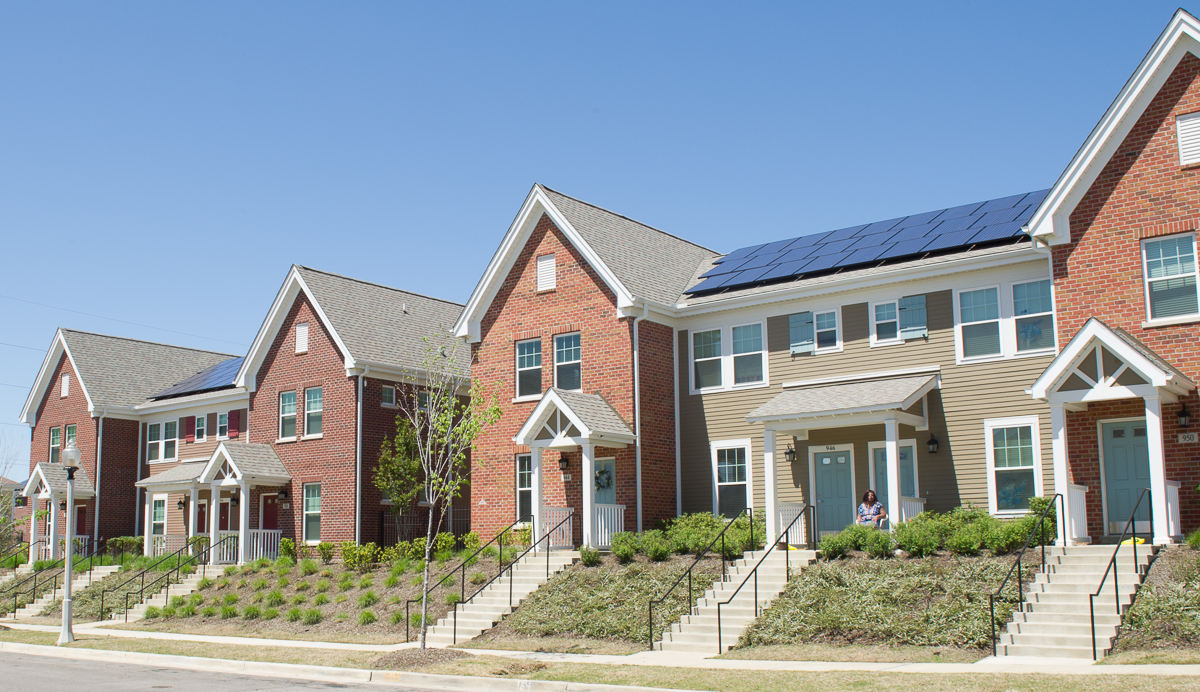Affordable housing initiatives play a critical role in addressing the growing affordability crisis, ensuring that individuals and families have access to safe, stable, and affordable housing options. From subsidized housing programs to innovative financing mechanisms and regulatory incentives, these initiatives aim to bridge the gap between housing supply and demand, promote economic opportunity, and create vibrant, inclusive communities. In this article, we explore the importance of affordable housing initiatives, highlight key strategies and innovations, and discuss their impact on housing affordability and accessibility.
Understanding Affordable Housing Initiatives: A Multifaceted Approach to Housing Affordability
Defining Affordable Housing
Affordable housing refers to housing that is affordable to individuals and families with low to moderate incomes, typically defined as costing no more than 30% of household income. Affordable housing initiatives encompass a range of policies, programs, and strategies aimed at increasing the availability of affordable housing, reducing housing costs, and addressing barriers to homeownership and rental affordability.
Key Components of Affordable Housing Initiatives
- Subsidized Housing Programs: Government-funded housing programs provide financial assistance to low-income individuals and families, enabling them to access affordable rental housing or homeownership opportunities through subsidies, vouchers, or direct assistance.
- Incentive Programs for Developers: Regulatory incentives, tax credits, and grants encourage developers to incorporate affordable housing units into new construction or renovation projects, increasing the supply of affordable housing and promoting mixed-income communities.
- Land Use Policies and Zoning Reforms: Land use policies and zoning reforms promote the development of affordable housing by reducing regulatory barriers, streamlining approval processes, and encouraging higher-density, mixed-use development in transit-accessible locations.
- Community Land Trusts: Community land trusts acquire and steward land for the benefit of the community, providing long-term affordability and ensuring that housing remains permanently affordable to low-income residents through shared equity models and long-term lease agreements.
Advantages of Affordable Housing Initiatives
Economic Stability and Security
Affordable housing initiatives provide stability and security for individuals and families by reducing housing cost burdens, freeing up income for essential expenses such as food, healthcare, and education. Stable housing promotes economic mobility, reduces homelessness, and strengthens communities, contributing to overall social and economic well-being.
Inclusive and Diverse Communities
Affordable housing initiatives promote inclusive and diverse communities by ensuring that individuals from all income levels have access to safe, quality housing options. Mixed-income neighborhoods foster social cohesion, reduce segregation, and promote opportunities for interaction and mutual support among residents, creating vibrant and resilient communities.
Workforce Development and Productivity
Access to affordable housing is essential for attracting and retaining a skilled workforce, supporting economic growth, and enhancing productivity. Affordable housing initiatives help address labor shortages, reduce commute times, and improve workforce stability, enabling employers to recruit and retain talent and contribute to local economic vitality and competitiveness.
Health and Well-Being
Affordable housing is a key determinant of health and well-being, with safe, stable housing playing a critical role in physical and mental health outcomes. Affordable housing initiatives help reduce housing-related stressors, improve access to healthcare and social services, and promote overall health and quality of life for individuals and families.
Innovations in Affordable Housing
Modular and Prefabricated Construction
Modular and prefabricated construction techniques offer cost-effective and efficient solutions for affordable housing development, reducing construction time and costs while maintaining quality and durability. Modular housing units can be customized to meet diverse housing needs and preferences, providing affordable, high-quality housing options for individuals and families.
Transit-Oriented Development (TOD)
Transit-oriented development promotes affordable housing near public transit hubs, reducing transportation costs, and improving access to jobs, amenities, and services. By locating affordable housing developments in transit-accessible locations, TOD initiatives support sustainable urban growth, reduce reliance on automobiles, and enhance mobility and connectivity for residents.
Innovative Financing Mechanisms
Innovative financing mechanisms, such as social impact bonds, community development financial institutions (CDFIs), and public-private partnerships, provide alternative funding sources for affordable housing initiatives. These financing tools leverage private investment, philanthropic support, and government resources to expand affordable housing opportunities and address housing affordability challenges in underserved communities.
Conclusion: Building a Better Future for All
In conclusion, affordable housing initiatives are essential for building a more equitable, inclusive, and sustainable future for all. By addressing housing affordability challenges, promoting economic opportunity, and creating vibrant, diverse communities, these initiatives help ensure that everyone has access to safe, stable, and affordable housing. As we continue to innovate and collaborate to expand affordable housing opportunities, we can build a brighter future where housing is a fundamental right and everyone has the opportunity to thrive.





